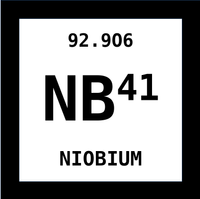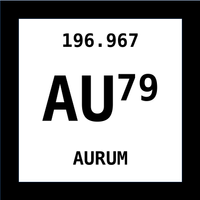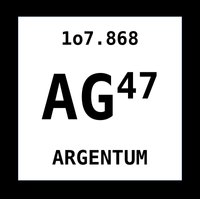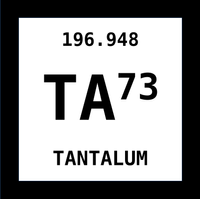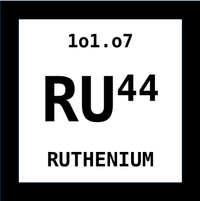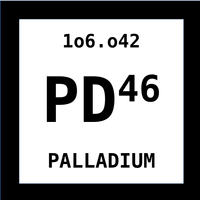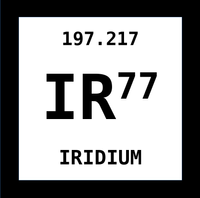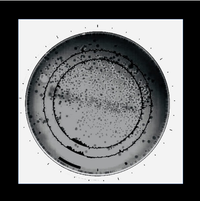NIOBIUM 41
NIOBIUM (Nb)
Niobium (Nb), chemical element, refractory metal of Group 5 (Vb) of the periodic table, used in alloys, tools and dies, and superconductive magnets. Niobium is closely associated with tantalum in ores and in properties.
CHEMICAL SIMILAR6ITY OF NIOBIUM 41
Due to the great chemical similarity of niobium and tantalum, the establishment of the individual identities of the two elements was very difficult. Niobium was first discovered (1801) in an ore sample from Connecticut by the English chemist Charles Hatchett, who called the element columbium in honour of the country of its origin, Columbia being a synonym for the United States.
1844 HEINRICH ROSE
In 1844 a German chemist, Heinrich Rose, discovered what he considered to be a new element occurring along with tantalum and named it niobium after Niobe, the mythological goddess who was the daughter of Tantalus. After considerable controversy it was decided that columbium and niobium were the same element. Eventually international agreement (about 1950) was reached to adopt the name niobium, though columbium persisted in the U.S. metallurgical industry.
10 TIMES MORE ABUNDANT
Niobium is roughly 10 times more abundant in the crust of the Earth than is tantalum. Niobium, more plentiful than lead and less abundant than copper in the Earth’s crust, occurs dispersed except for relatively few minerals. Of these minerals, the columbite–tantalite series, in which columbite and tantalite occur in highly variable ratios, is the main commercial source. Pyrochlore, a calcium sodium niobate, is also the principal commercial source. Natural niobium occurs entirely as the stable isotope niobium-93.
THE PRODUCTION PROCEDURES
The production procedures for niobium are complex, the major problem being its separation from tantalum. Separation from tantalum, when necessary, is effected by solvent extraction in a liquid-liquid process; the niobium is then precipitated and roasted to niobium pentoxide, which is reduced to niobium powder through metallothermic and hydriding processes.
VACCUM SINTERING
The powder is consolidated and purified further by electron-beam melting. Vacuum sintering of powder is also used for consolidation. Niobium can also be obtained by either electrolysis of fused salts or reduction of fluoro complexes with a very reactive metal such as sodium. (For information on the mining, recovery, and applications of niobium, see niobium processing.)
EXCELLENT CORROSION RESISTANCE
The pure metal is soft and ductile; it looks like steel or, when polished, like platinum. Although it has excellent corrosion resistance, niobium is susceptible to oxidation above about 400° C (750° F). Niobium can best be dissolved in a mixture of nitric and hydrofluoric acids. Completely miscible with iron, it is added in the form of ferroniobium to some stainless steels to give stability on welding or heating. Niobium is used as a major alloying element in nickel-based superalloys and as a minor but important additive to high-strength, low-alloy steels.
COMPATIBILITY
Because of its compatibility with uranium, resistance to corrosion by molten alkali-metal coolants, and low thermal-neutron cross section, it has been used alone or alloyed with zirconium in claddings for nuclear reactor cores. Cemented carbides used as hot-pressing dies and cutting tools are made harder and more resistant to shock and erosion by the presence of niobium. Niobium is useful in constructing cryogenic (low temperature) electronic devices of low power consumption. Niobium-tin is a superconductor below 18.45 Kelvins (K), and niobium metal itself, below 9.15 K.
CEMENTED CARBIDES
Compounds of niobium are of relatively minor importance. Those found in nature have the +5 oxidation state, but compounds of lower oxidation states (+2 to +4) have been prepared. Quadruply charged niobium, for example, in the form of the carbide, NbC, is used for making cemented carbides.
THE DAUGHTER OF TANTALUS
Niobium (after Niobe, the daughter of Tantalus) is a chemical element with the element symbol Nb and the atomic number 41.Niobium was discovered in 1801 by Charles Hatchett. He found it in a sample of columbite ore from a Massachusetts river bed that had been shipped to England around 1743.
Hatchett named the element Columbium (after Columbia, the personification of the United States). Until the middle of the 19th century, it was assumed that Columbium and tantalum, which was discovered in 1802, are the same element, since they almost always occur together in minerals.
ALLOYS
Niobium's main use is in alloys where it is used to produce arc-welding rods and corrosion-resistant steel. Other applications include its use in superconducting materials, electronics, optics, numismatics and jewelry. Niobium is the basis for various barium titanate compositions used as dielectric coatings in telecommunications and small advanced electronics, such as cell phones, pagers and laptop computers.
